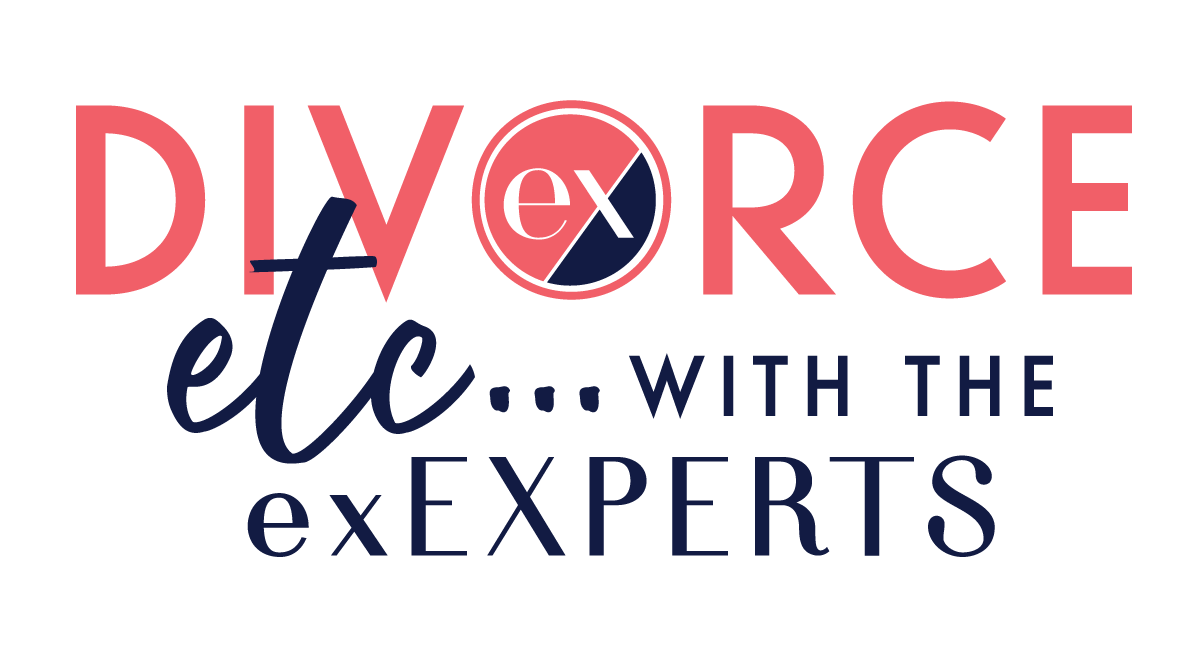
For those of us who still associate “tik tok” with the sound of a clock, returning to work in the digital age sounds like the perfect setting for a dystopian novel. And after the past 16 months, a digital dystopia doesn’t seem too far removed from reality. However, if COVID has brought about anything “remotely” positive, it’s how much can be accomplished online without ever meeting face to face. In fact, it’s more common now for people to see your Instagram or Facebook profile before they meet you in person. Unsettling, I know, but why should you approach getting a job any differently?
Whether you’ve been out of work for 12 years or are looking for your first job now that you have an independent 12 year old, it’s vital to know how to present yourself professionally in the online landscape. Entering the workforce today requires you to put your foot through the digital door before you ever physically enter one. LinkedIn is one of those digital gateways for getting your ideal job. Essentially, LinkedIn is a social media platform for professional networking – kind of like facebook minus the familial arguing and pet photos.
Think of LinkedIn as ground zero for acquiring a job.
The first step is making sure you have a strong profile. In terms of structuring a resume or LinkedIn profile, a general rule is to try to structure it chronologically with your most recent experience placed first. But this is only a suggestion. What matters is that you structure your resume and your LinkedIn profile in a way where you highlight your key accomplishments, regardless of when you performed them and lead with that. It’s important to place emphasis on the experiences that are most relevant to the jobs you are applying for. With that in mind, you should likely have several resumes that are tailored to the job you are seeking. If your career is linear and pertains to one field, then it makes sense for you to list your roles chronologically. Ideally, everything that you list on your resume should be either quantifiable or results based. At the top portion of the resume you have the opportunity to include either highlights or key accomplishments.Talk about where you had success and what your key accomplishments were. Go back into your career, think about the things that you’re most proud of, think of the things that you had direct responsibility and accountability for, and highlight those at the top of the resume. Then below your accomplishments can be a rather short and succinct chronological listing of what your job was, where you did it and for how long. Everything that you really want the recruiter to look at is at the top in bullet format.
The second step when embarking on LinkedIn is networking. The more connections you have, the more likely you are to be a second or third degree connection to the person who’s the decision maker at the company you want. Go ahead and go deep into LinkedIn. Follow different companies and organizations within your intended field so that your feed is centered on a particular career path. Share content that resonates with your career goals. LinkedIn is like any other social media site; the more active you are there, the more traction you’ll get. If you’re a person who’s returning to the workforce, or starting new in the workforce, finding articles about people who are valuable in your field of interest, and posting them to your LinkedIn profile, will generate more views to your profile.
The truth is, resumes and LinkedIn profiles get minimal airtime. A recruiter is going to look at your profile for less than 30 seconds before they make a decision. It might be a cliche, but you seriously want to make sure your profile stands out. Think of it as writing a short story and you’re the main character. You want your personality to come through. Harness that nuanced energy of your Instagram and polish it with a professional voice. Write a summary with a killer hook and include a straightforward headline that conveys what you do or what your skills are.
If it’s your first time applying for a job the above-mentioned steps will still work for you. Just don’t underplay your confidence! There’s power in believing in yourself. If you’re going into a job search feeling insecure or ill-prepared, that’s going to be apparent. It’s crucial that you lead with confidence and you approach your resume, your profile and your own experience feeling good about what you’ve done. You’ve got to remember, employers have their choice and you have to meet or exceed their criteria – this all starts with trusting yourself and honing your skills.
There’s no denying that it’s a rough time to be out there without recent work history, but it’s not an impossible feat when you’re a savvy and dedicated job hunter. Building a professional presence online is where everything starts these days. This may be a stark contrast to how things were done before, but this does not make sites like LinkedIn, inaccessible resources for you. There are no LinkedIn gatekeepers. It is an accessible gateway to the workforce for everyone. All it takes is patience, honesty, and confidence (…maybe some TikTok skills). Never forget that you hold the keys to your success.
Leave a Comment
You must be logged in to post a comment.










